The Ultimate Guide To Herbs That Grow Well Together
The Ultimate Guide to Herbs That Grow Well Together
Herbs are a great way to add flavor to your food, and they can also be used for medicinal purposes. If you're growing herbs in your garden, you may be wondering which ones grow well together. In this blog post, we'll discuss some of the best herb pairings, as well as some tips for companion planting.
Introduction
Companion planting is a gardening technique that involves planting certain plants together to benefit each other. Some plants can help to repel pests, while others can help to improve the soil or attract pollinators. When it comes to herbs, there are a number of great pairings that can help you to grow healthy and productive plants.
Main Content
Here are some of the best herbs to plant together:
- Dill, cilantro, and parsley: These three herbs all have similar water and temperature preferences, so they make a great trio to grow together. They also have different flavors, so you can use them to add variety to your dishes.
- Basil and tomatoes: Basil is a natural pest repellent for tomatoes, so planting them together can help to keep your tomatoes free of pests. Basil also adds a delicious flavor to tomatoes, so this is a win-win pairing.
- Rosemary and lavender: These two herbs are both drought-tolerant and heat-loving, so they make a great pair for a sunny garden. They also have beautiful flowers that attract pollinators, so they're a great addition to any herb garden.

- Mint and cabbage: Mint is a strong-smelling herb that can help to repel pests, such as cabbage moths. Planting mint near cabbage can help to keep your cabbage plants healthy and pest-free.
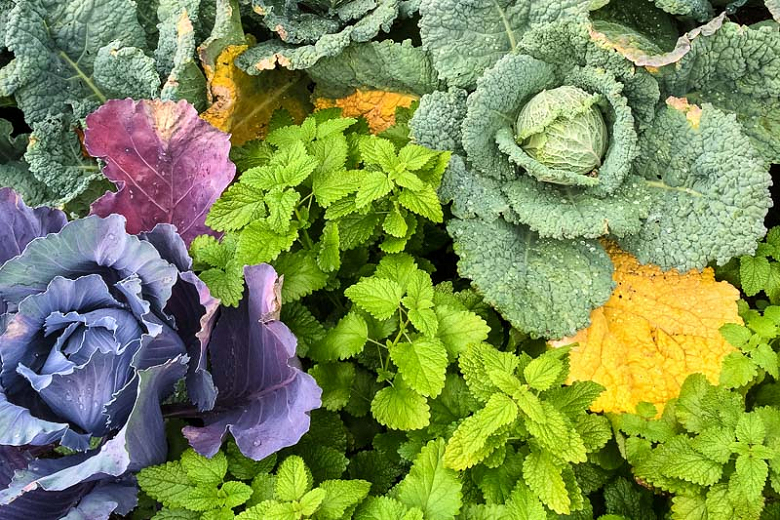
- Oregano and thyme: These two herbs are both Mediterranean herbs that have similar growing requirements. They also have a delicious flavor that can be used in a variety of dishes.

Tips for Companion Planting
When companion planting, it's important to consider the following factors:
- Plants' water and light requirements: Make sure that the plants you're pairing have similar water and light requirements. This will help to ensure that they both thrive in the same environment.
- Plants' pest and disease resistance: Some plants can help to repel pests or diseases, while others can be susceptible to them. By pairing plants with complementary pest and disease resistance, you can help to protect your plants from harm.
- Plants' growth habits: Some plants grow tall and bushy, while others grow low and spreading. By pairing plants with complementary growth habits, you can help to create a balanced and attractive garden.
Conclusion
Companion planting is a great way to improve the health and productivity of your herb garden. By planting certain herbs together, you can help to repel pests, improve the soil, and attract pollinators. With a little planning, you can create a thriving herb garden that will provide you with fresh herbs all season long.
Are you looking to grow a successful herb garden? If so, it's important to know which herbs grow well together. Some herbs, when planted together, can actually help each other thrive. For example, basil can help to repel pests that attack tomatoes, and chives can help to improve the flavor of carrots.
To learn more about which herbs grow well together, visit Home Gardening. This website has a comprehensive chart that lists all of the most popular herbs and their ideal companions. You'll also find helpful tips on how to plant and care for your herb garden.
FAQ of herbs that grow well together chart
Q: What are some herbs that grow well together?
A: There are many herbs that grow well together, but some of the most popular combinations include:
- Mediterranean herbs: These herbs, such as rosemary, oregano, marjoram, sage, and thyme, all prefer similar growing conditions and can be planted together in a sunny spot.
- Damp herbs: These herbs, such as basil, cilantro, tarragon, and parsley, all prefer moist soil and can be planted together in a shady spot.
- Bee-friendly herbs: These herbs, such as lavender, dill, and chamomile, attract bees and other pollinators, which can help to improve your garden's ecosystem.
Q: How do I know which herbs to plant together?
A: There are a few things to consider when choosing herbs to plant together. First, you need to make sure that the herbs have similar growing conditions. For example, you wouldn't want to plant a Mediterranean herb like rosemary in a shady spot, as it wouldn't get enough sunlight.
Second, you need to consider the herbs' potential benefits. For example, if you want to attract bees to your garden, you would plant bee-friendly herbs like lavender and dill.
Finally, you need to consider your personal preferences. If you don't like the taste of cilantro, you wouldn't want to plant it in your herb garden.
Q: What are some benefits of companion planting herbs?
A: There are many benefits to companion planting herbs. Some of the most common benefits include:
- Improved pest and disease control: Some herbs can help to repel pests and diseases, which can help to protect your other plants. For example, rosemary is a natural insect repellent, and chives can help to deter aphids.
- Increased pollination: Some herbs attract bees and other pollinators, which can help to increase pollination and improve your garden's yields.
- Enhanced flavor: Some herbs can enhance the flavor of other herbs when they are planted together. For example, basil can help to improve the flavor of tomatoes, and oregano can help to improve the flavor of beans.
- Visual appeal: Herbs can add visual interest to your garden, and companion planting can help to create a more attractive and harmonious landscape.
Q: How do I plant herbs together?
A: When planting herbs together, it is important to consider the size of the herbs as they mature. For example, rosemary can grow quite large, so you wouldn't want to plant it too close to smaller herbs.
It is also important to plant herbs that have similar water and nutrient requirements together. This will help to ensure that all of your herbs are getting the resources they need to thrive.
Finally, it is a good idea to plant herbs that have similar flowering times together. This will help to create a more continuous display of flowers in your garden.
Image of herbs that grow well together chart
- Basil and tomatoes: These two herbs are a classic pairing, and for good reason. Basil's sweet, licorice flavor complements the acidity of tomatoes perfectly. They also help to deter pests from each other.
- Cilantro and carrots: Cilantro's bright, citrusy flavor goes well with the sweetness of carrots. They also both attract beneficial insects, such as ladybugs and hoverflies.

- Dill and cucumbers: Dill's anise flavor is a perfect match for the cool, refreshing taste of cucumbers. They also both help to repel cucumber beetles.
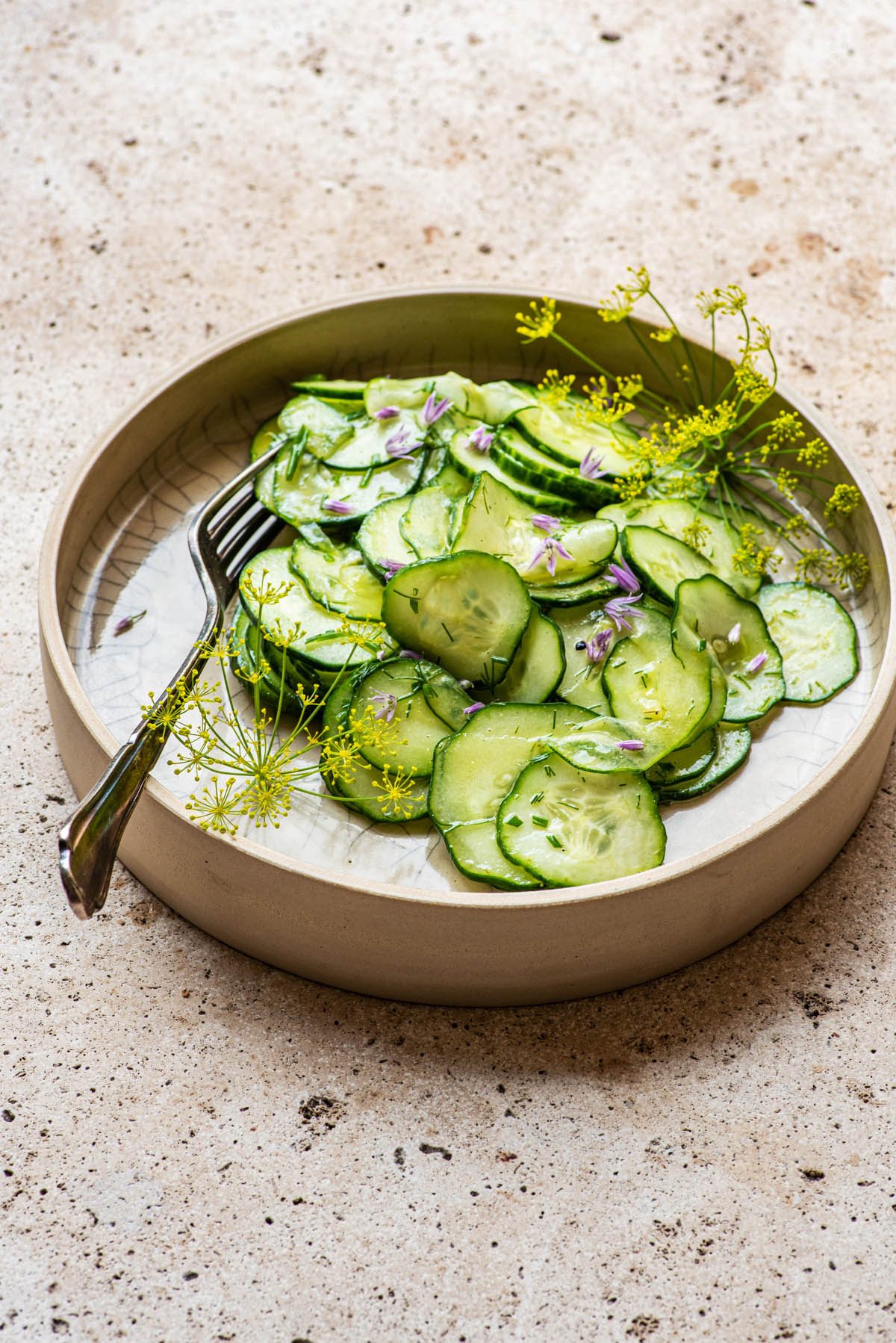
- Mint and strawberries: Mint's strong, refreshing flavor can overpower some herbs, but it pairs well with strawberries. The mint helps to keep away pests, such as slugs and snails.
- Oregano and peppers: Oregano's earthy flavor complements the heat of peppers. They also both help to deter whiteflies and other pests.

- Parsley and beans: Parsley's slightly bitter flavor helps to cut through the richness of beans. They also both help to improve the nitrogen content of the soil.
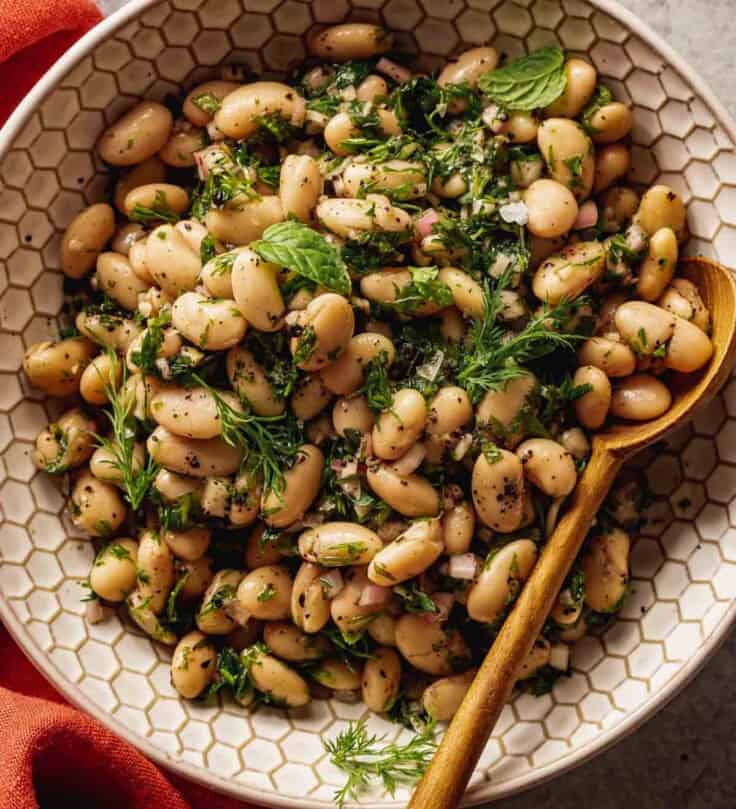
- Rosemary and potatoes: Rosemary's strong, piney flavor pairs well with the earthy taste of potatoes. They also both help to repel potato beetles.
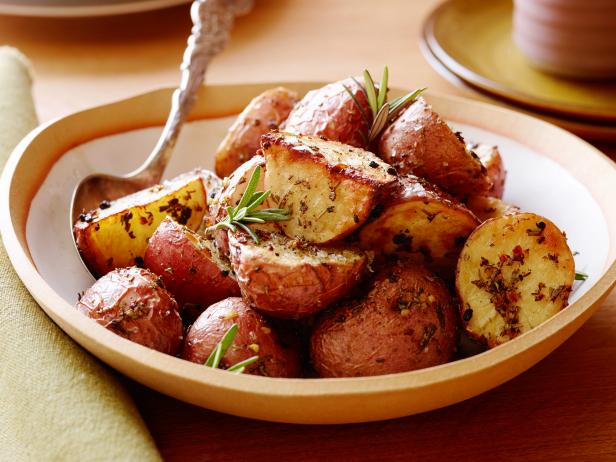
- Sage and zucchini: Sage's savory flavor complements the mild taste of zucchini. They also both help to deter squash bugs.
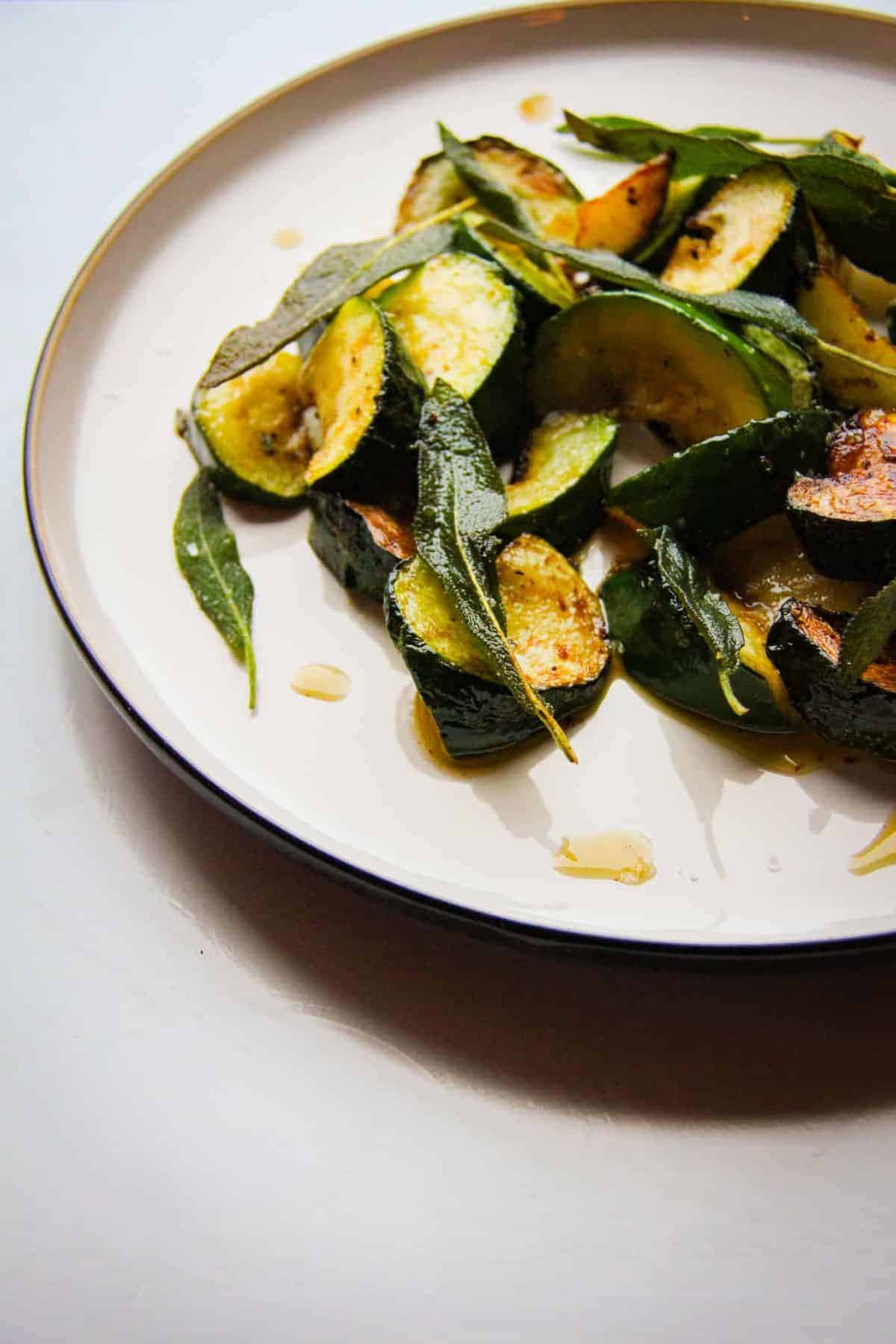
- Thyme and lavender: Thyme's earthy flavor and lavender's floral fragrance make a beautiful and fragrant combination. They also both help to attract pollinators.


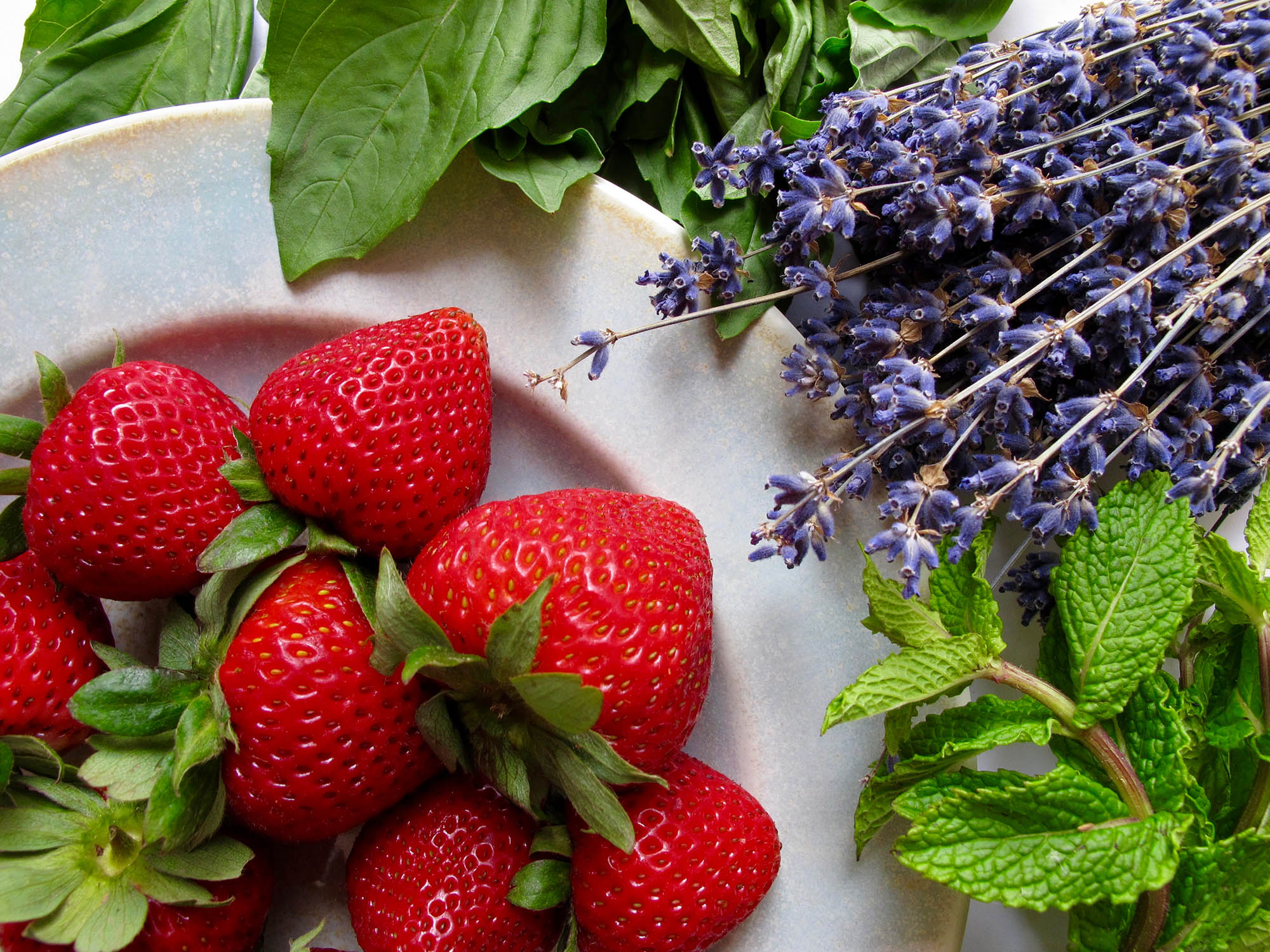
Post a Comment for "The Ultimate Guide To Herbs That Grow Well Together"